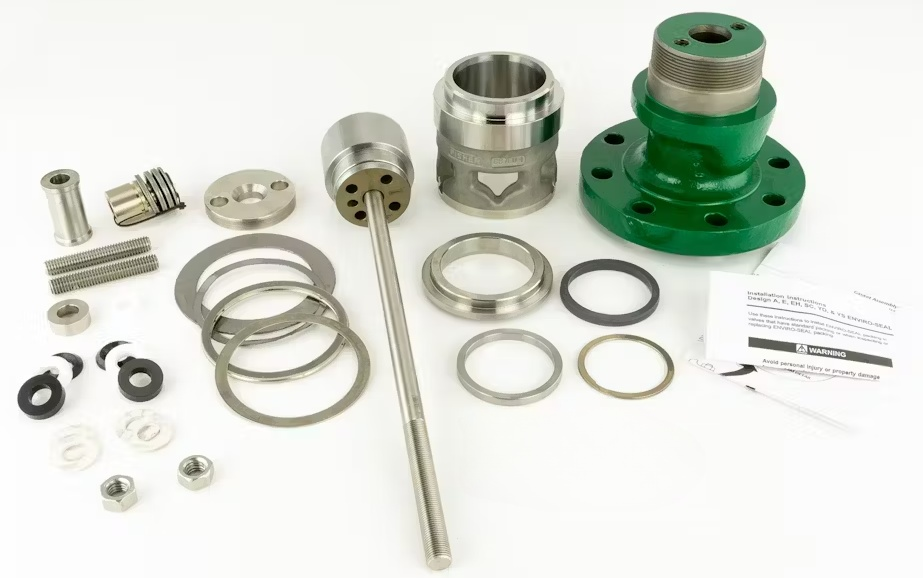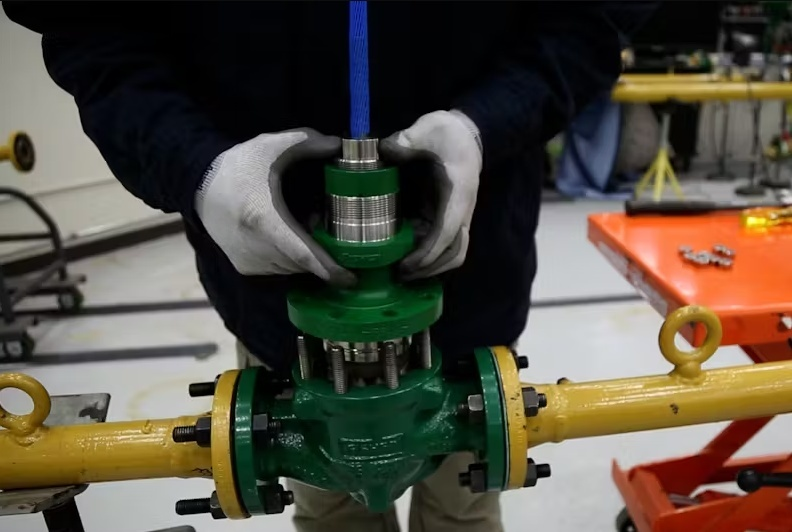Managing Control Valve Maintenance: Repair or Replace?
On this page
Facilities often plan scheduled outages, turnarounds, or shutdowns to maintain and upgrade equipment like control valves. These periods are critical for conducting preventative maintenance (PM), during which control valves are carefully inspected and assessed for any potential issues or damage.
The PM schedule typically includes regular evaluations of control valves, whether they exhibit issues or not, and prioritizes those deemed problematic for immediate attention. Shutdown durations can vary significantly, ranging from days to several weeks, depending on the complexity of the maintenance tasks involved. Ensuring smooth operations and timely completion is crucial for maintaining profitability. Planning for a control valve shutdown begins well in advance, typically 3-6 months ahead of the scheduled outage date. Here's an overview of the key steps involved:
Facility teams conduct walkthroughs to identify control valves by serial numbers and determine which ones require evaluation based on maintenance schedules.
Quotes for repair costs are obtained from vendors to estimate the financial implications of repairing versus replacing control valves.
Skilled labor and necessary equipment are scheduled for the removal and installation of control valves. Welded valves, for instance, require specialized expertise and appropriate tools for handling.
The sequence of maintenance tasks and any required special work permits are scheduled to ensure compliance and efficiency during the shutdown.
Equipment such as cranes, scaffolding, lifts, hoists, and other tools are arranged to facilitate the safe handling and installation of control valves.
Meetings are held with site personnel, contractors, and subcontractors to review the outage plan, address any concerns, and ensure coordination among all parties involved.
Control valves are decontaminated as necessary before being packaged and palletized for shipment to repair facilities. Logistics coordination ensures timely delivery and return of valves.
Planning for a control valve shutdown begins well in advance, typically 3-6 months ahead of the scheduled outage date. Here's an overview of the key steps involved:
Facility teams conduct walkthroughs to identify control valves by serial numbers and determine which ones require evaluation based on maintenance schedules.
Quotes for repair costs are obtained from vendors to estimate the financial implications of repairing versus replacing control valves.
Skilled labor and necessary equipment are scheduled for the removal and installation of control valves. Welded valves, for instance, require specialized expertise and appropriate tools for handling.
The sequence of maintenance tasks and any required special work permits are scheduled to ensure compliance and efficiency during the shutdown.
Equipment such as cranes, scaffolding, lifts, hoists, and other tools are arranged to facilitate the safe handling and installation of control valves.
Meetings are held with site personnel, contractors, and subcontractors to review the outage plan, address any concerns, and ensure coordination among all parties involved.
Control valves are decontaminated as necessary before being packaged and palletized for shipment to repair facilities. Logistics coordination ensures timely delivery and return of valves. Managing control valve maintenance involves navigating several challenges and considerations:
Balancing repair costs against replacement costs while ensuring minimal disruption to operations and maximizing equipment lifespan.
Strict adherence to shutdown timelines is essential to minimize downtime and avoid financial losses associated with prolonged operational halts.
Ensuring that all maintenance activities adhere to safety protocols and regulatory requirements to protect personnel and maintain environmental standards.
Effective communication and coordination with repair vendors and service providers to ensure quality repairs and timely return of equipment.
The decision between repairing or replacing control valves during scheduled maintenance periods is pivotal for facilities aiming to optimize operational efficiency and longevity of equipment. By meticulously planning and executing maintenance shutdowns, facilities can mitigate risks, enhance reliability, and extend the service life of critical control valve systems.
Managing control valve maintenance involves navigating several challenges and considerations:
Balancing repair costs against replacement costs while ensuring minimal disruption to operations and maximizing equipment lifespan.
Strict adherence to shutdown timelines is essential to minimize downtime and avoid financial losses associated with prolonged operational halts.
Ensuring that all maintenance activities adhere to safety protocols and regulatory requirements to protect personnel and maintain environmental standards.
Effective communication and coordination with repair vendors and service providers to ensure quality repairs and timely return of equipment.
The decision between repairing or replacing control valves during scheduled maintenance periods is pivotal for facilities aiming to optimize operational efficiency and longevity of equipment. By meticulously planning and executing maintenance shutdowns, facilities can mitigate risks, enhance reliability, and extend the service life of critical control valve systems.In summary, effective control valve maintenance strategies involve proactive planning, meticulous execution, and strategic decision-making to achieve operational excellence and sustained profitability.

